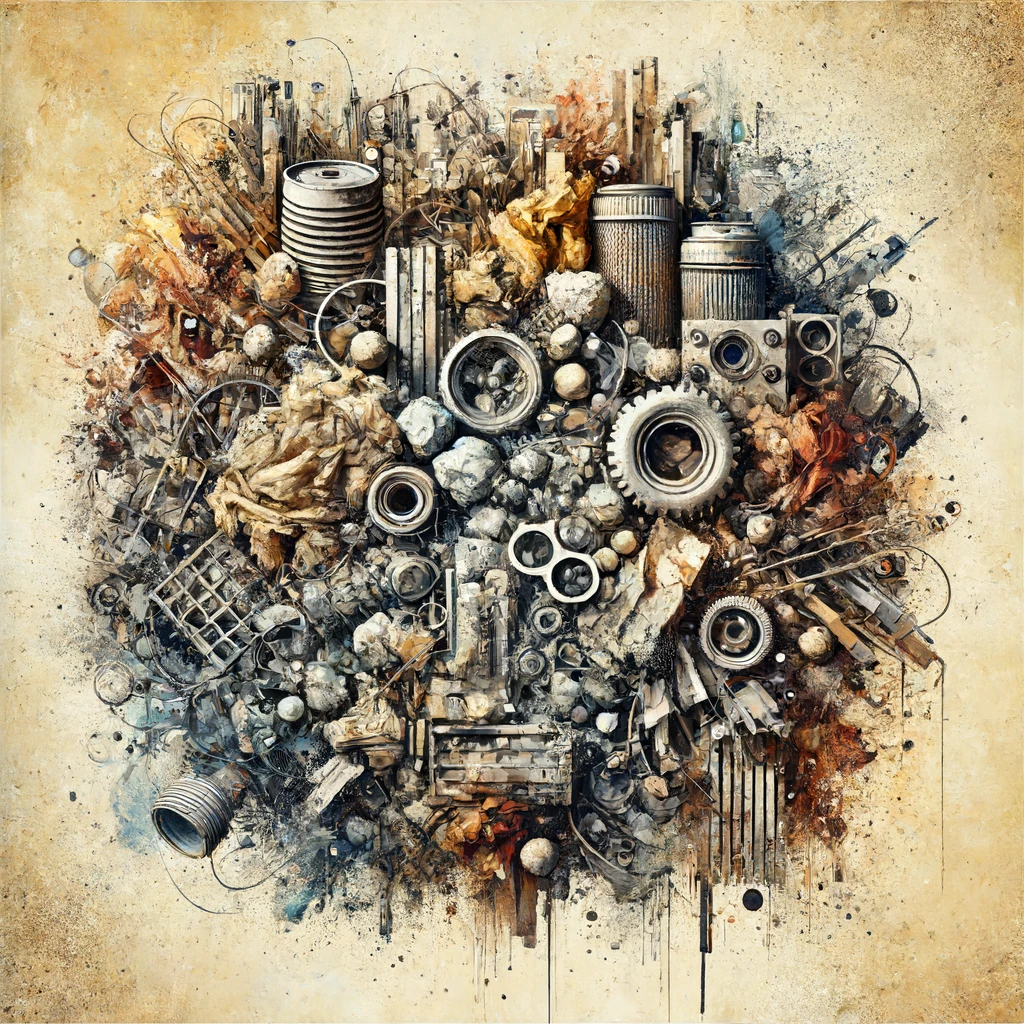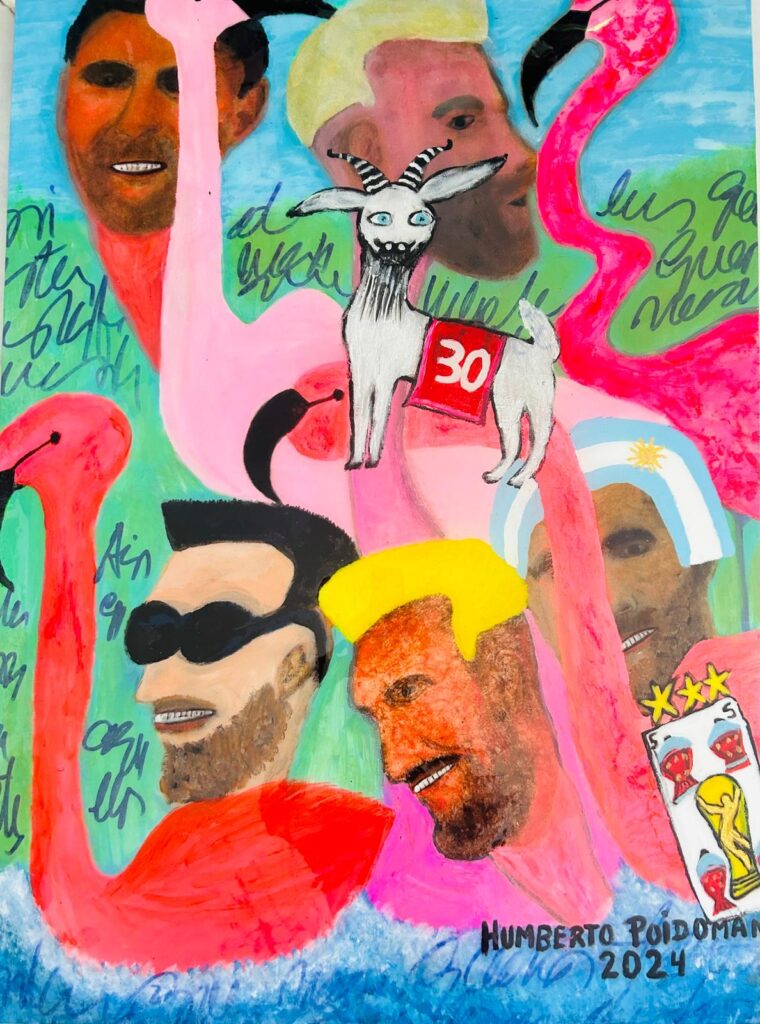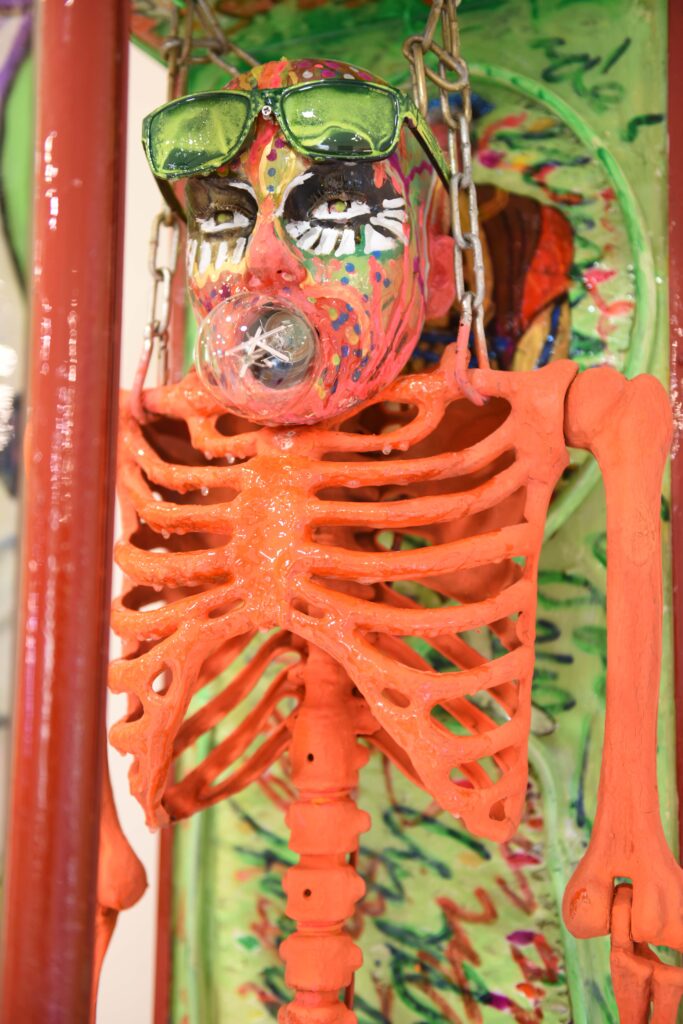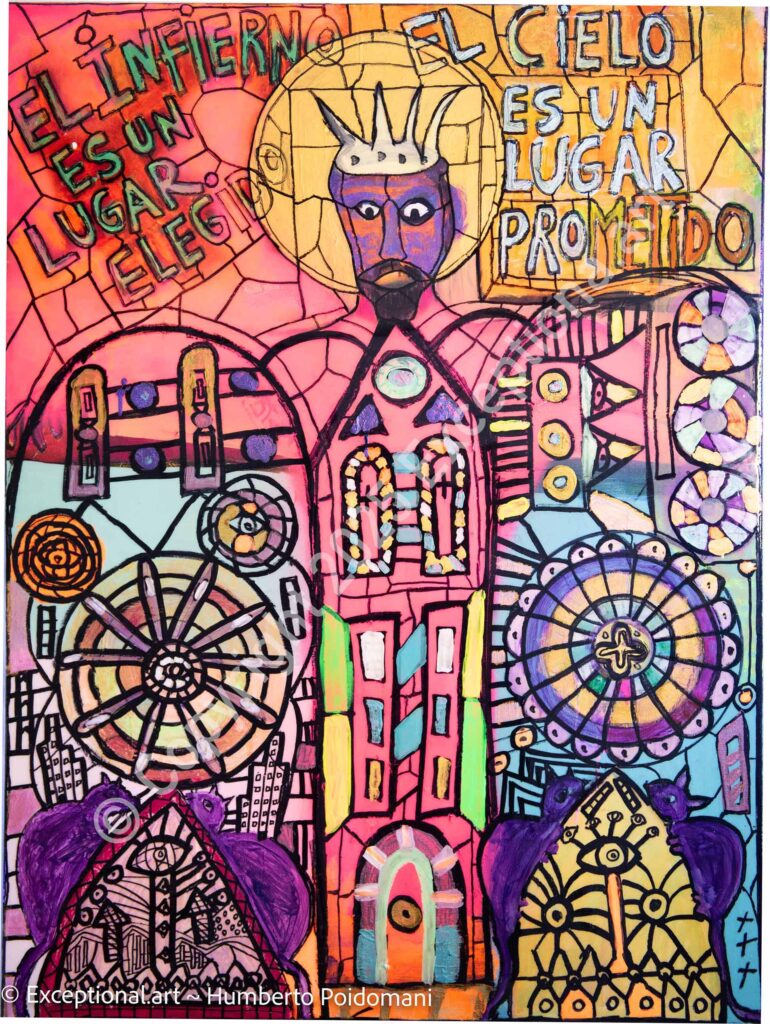Introduction to Arte Povera

Arte Povera, which translates to “poor art,” is an influential art movement that emerged in Italy during the late 1960s. Characterized by its use of everyday materials and its challenge to traditional notions of art, Arte Povera sought to blur the boundaries between art and life. By employing humble, often discarded materials, artists associated with Arte Povera aimed to critique art’s commercialization and highlight the ephemeral nature of modern existence.
Historical Context and Key Figures
Arte Povera arose during a period of social and political upheaval in Italy. The post-war economic boom had given way to widespread industrialization, which brought prosperity and led to a sense of alienation and a disconnection from nature and traditional values. Against this backdrop, a group of young artists began to explore new ways of expressing their discontent with the status quo.
The term “Arte Povera” was coined by Italian art critic Germano Celant in 1967. Celant identified a group of artists who were united by their use of non-traditional materials and their rejection of the dominant artistic trends of the time. Key figures in the movement included Alighiero Boetti, Luciano Fabro, Jannis Kounellis, Mario Merz, Giulio Paolini, Pino Pascali, and Michelangelo Pistoletto. These artists experimented with natural and industrial materials such as earth, rocks, rags, and metal, creating ephemeral and site-specific works.
The Art Story Site has rich descriptions and a timeline.
Modern Interpretations and Poidomani's Approach
In the decades since its inception, Arte Povera has continued to inspire artists around the world. The movement has mainly influenced Humberto Poidomani, a renowned Argentine artist. Poidomani’s work profoundly explores ideological themes such as social crisis, ecology, life and death, and poverty. Through his sculptures, paintings, and art boxes, he integrates a rich mix of reused and found industrial materials, echoing the provocative essence of Arte Povera.
Poidomani’s approach is characterized by a free spirit that diverges from traditional academic art concepts. In his paintings, he often works with formats ranging from small to monumental panoramic canvases, consistently displaying his critical view of the world. His works feature striking visual narratives with abysmal figures and scenarios interspersed with written phrases, reflecting his artistic, ideological, and socio-cultural stances.
Poidomani adds gestural and thick lines, textures, and colors interwoven with personal and literary references in his sculptures, assemblages, installations, and art boxes. His art highlights the fragmentation of our culture and the absence of utopias in modern times, making a powerful statement about the current state of the world.
Examples of Contemporary Arte Povera Artists
Today, Arte Povera’s legacy can be seen in the work of numerous contemporary artists who continue to draw inspiration from its principles. For instance, South African artist Kendell Geers uses materials like broken glass, police batons, and barbed wire to address themes of violence and political oppression. Similarly, Brazilian artist Vik Muniz creates intricate collages from everyday objects, such as garbage and food products, to explore consumption and waste issues.
In the United States, artist Theaster Gates repurposes materials from abandoned buildings on Chicago’s South Side to create installations that address urban decay and community revitalization themes. His work reflects the Arte Povera ethos of using humble materials to comment on social and political issues.
Conclusion: Impact on the Art World
The revival of Arte Povera in modern art speaks to its enduring relevance and ability to resonate with contemporary audiences. Past and present Arte Povera artists have opened up new possibilities for creative expression by using everyday materials and challenging traditional notions of art. The movement’s emphasis on the “ephemeral” and the “every day” continues to inspire artists to explore new ways of engaging with the world around them.
Humberto Poidomani’s work exemplifies the lasting impact of Arte Povera, demonstrating how its principles can be adapted and reinterpreted to address the pressing issues of our time. As artists continue to push the boundaries of what art can be, Arte Povera remains a powerful reminder of the potential for art to provoke thought, inspire change, and reflect the complexities of the human condition.
In conclusion, Arte Povera’s impact on the art world is profound and multifaceted. It has influenced countless artists and challenged audiences to reconsider their perceptions of art and its role in society. As we look to the future, the spirit of Arte Povera will undoubtedly continue to inspire and provoke, ensuring its place as a vital and dynamic force in the world of contemporary art.



